Atomic Show #315 – Doug Sandridge, Oil and Gas Executives for Nuclear Energy
Doug Sandridge is a lifelong oil and gas guy whose father was a geological engineer. While he was growing up, Doug lived a significant portion of his life overseas as his father’s job took the family to several different locations. When it was time to go to college, Doug returned to the United State to…

Why is nuclear energy an important influence on both natural gas and hydrogen futures?
The Feb 6, 2024 Energy Gang podcast was titled “A pause in US gas export approvals: a big win for the climate?US hits the brakes on gas exports!” It was described as a…
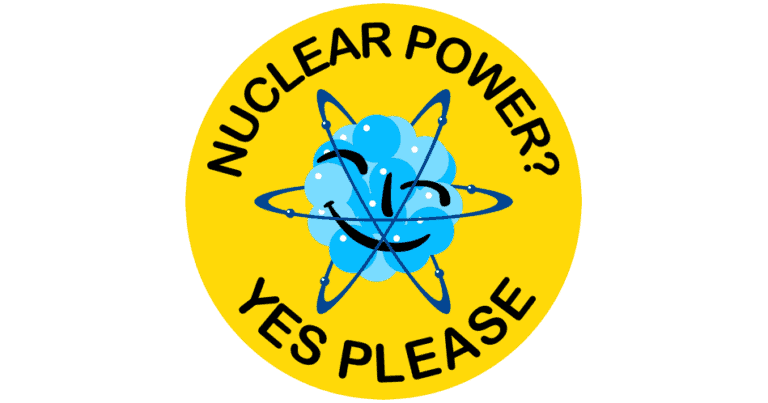
Pro-nuclear advocates should stop bashing advanced nuclear
I wish I knew why some nuclear advocates feel that it’s worth their time to spread as much negative information as they can find about the potential utility and value of advanced nuclear…
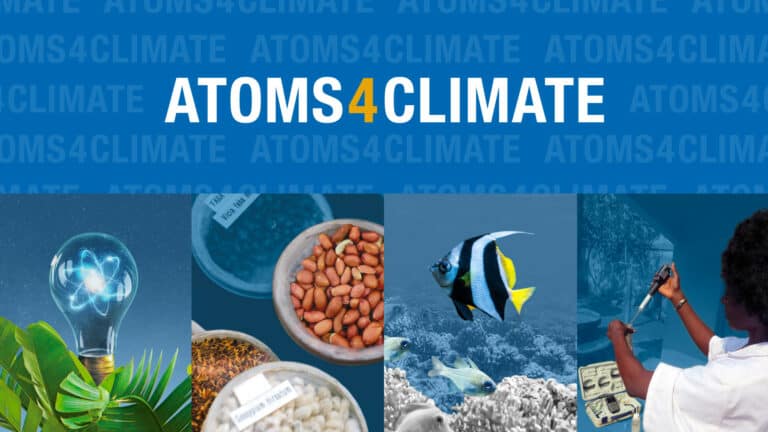
Why would climate publications disrespect nuclear fission?
Here is another instance of climate reporting that treats nuclear fission as if it barely exists. Before COP28, Cipher published an “Exclusive” that led off with “The United States is working behind the…
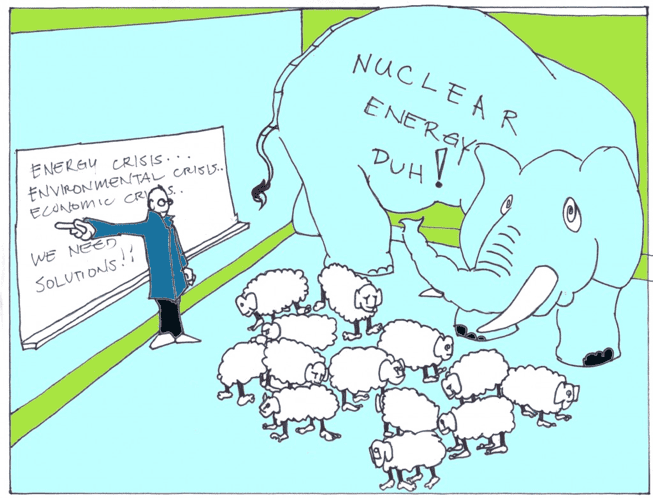
Why did The Energy Gang overlook the newsworthy impact of nuclear energy on COP28?
The Energy Gang’s Dec 15 episode discussed the major outcomes from COP28. Ed Crooks (@Ed_Crooks), Dr. Melissa Lott @mclott, and Amy Harder (@AmyAHarder) completed the show without mentioning nuclear energy. That episode of…
Atomic Show #315 – Doug Sandridge, Oil and Gas Executives for Nuclear Energy
Doug Sandridge is a lifelong oil and gas guy whose father was a geological engineer. While he was growing up, Doug lived a significant portion of his life overseas as his father’s job…
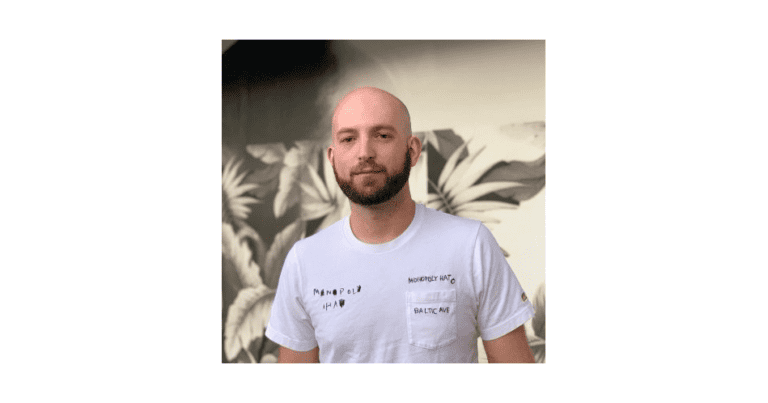
Atomic Show #314 – Economies of scale for micro, small, medium, large reactors – with James Krellenstein
James Krellenstein is a physicist, consultant and nuclear energy historian. He is currently employed as a senior advisor to Global Health Strategies. He started up their decarbonization practice with an emphasis on nuclear…
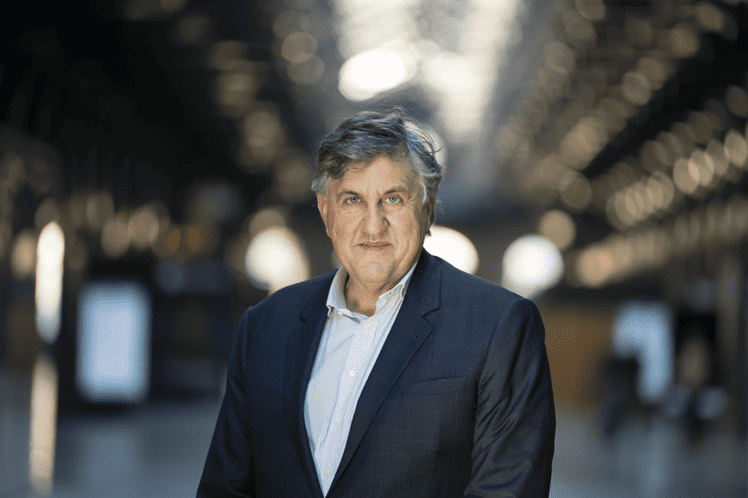
Atomic Show #313 – Stefano Buono, Founder and CEO of Newcleo
Stefano Buono is a physicist and the successful founder of Advanced Accelerator Applications, a multibillion dollar company that pioneered the use of several therapeutic medical isotopes. After making several people very rich, including…
Atomic Show #186 – SMRs, Climate Change, and Natural Gas Competition
On the evening of July 29, 2012, Suzy Hobbs-Baker, Director of the Nuclear Literacy Project and founder of PopAtomic Studios, Dan Yurman, who blogs at Idaho Samizdat and writes for Fuel Cycle Week…
Terrestrial Energy – Molten Salt Reactor Designed to Be Commercial Success
There is a growing roster of innovative organizations populated by people who recognize that nuclear technology is still in its infancy. Terrestrial Energy is one of the most promising of those organization because…
The Atomic Show #100 – Nuclear Power on a New Scale – NuScale Power
Paul Lorenzini and Jose Reyes of NuScale Power chat about their company’s 45 MWe natural circulation light water reactor. This episode sponsored by Entergy Nuclear. Imagine – a traditional utility company far sighted…
Diseconomy of scale – world’s largest canned-motor reactor coolant pump
On February 16, 2015, an AP article by Ray Henry titled Nuclear plants delayed in China, watched closely by US firms contained a short paragraph that has contributed to a number of sleepless…
Reactor Coolant Pumps for AP1000 still a problem
This is a story that I really don’t want to tell, but bad news is like old fish. It doesn’t smell any better as it ages. All eight AP1000 construction projects are at…
GA Power And Westinghouse Extend Temp Vogtle Nuclear Plant Construction Agreement Through May 12
Late Friday evening, Georgia Power issued a terse press release. Thousands of people who have been tensely anticipating a crucial decision regarding the fate of the Plant Vogtle expansion project cannot stop worrying…
Stanford’s University’s New Natural Gas Initiative
It is virtually impossible to get an educational institution to understand something when its revenue depends on its audience not understanding it. – Rod Adams, Stanford’s New Natural Gas Initiative, Atomic Insights, May…
Smoking Gun – Jan Lundberg antinuclear activist & heir to petroleum wealth
A ‘smoking gun’ article is one that reveals a direct connection between a fossil fuel or alternative energy system promoter and a strongly antinuclear attitude. One of my guiding theories about energy is…
Pennsylvania Independent Oil and Gas Association and Marcellus Shale Coalition join antinuclear “citizens group”
The Beaver Valley (PA) Times has published an important article titled Group forms to oppose bailout of struggling nuclear power industry. That article needs to be read and retained by those of us…
Investing in Nuclear
Nuclear investments – enabling the transition to a low-carbon economy
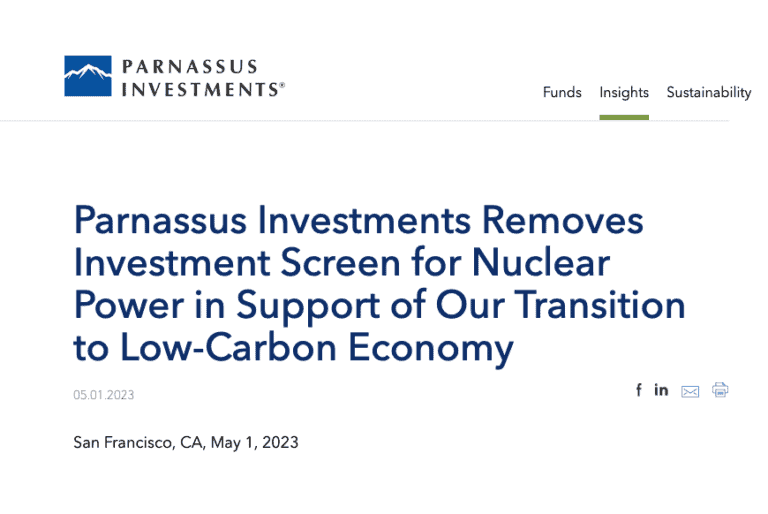
Parnassus Versus Green Century: A Contrast in Styles
Cross-posted from Nucleation Capital June, July and August of 2023 were the three hottest months the Earth has ever seen by such a large margin, it left climate scientists agog. Climate disasters are abounding apace, with the U.S. hit by 23 large-scale disasters, a record-breaking year already. In Pakistan, extreme rainfall and flooding affected 33…
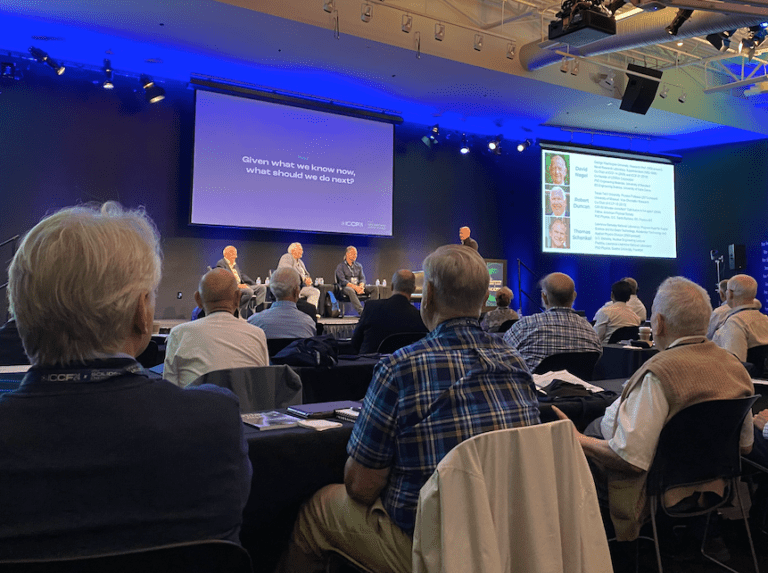
How Hot is Cold Fusion?
The 24th International Conference on Cold Fusion (ICCF24) was held at the lovely and spacious Computer History Museum in Mountain View, CA over four days in late July. As a venture investor looking at evaluating and investing in a wide range of advanced nuclear ventures, I was invited to participate and/or sponsor the event. While…
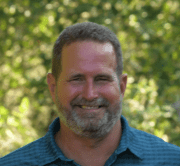
Rod Adams
Managing Partner, Nucleation Capital, a venture fund enabling broader investor access to a diverse portfolio of advanced nuclear energy and deep decarbonization ventures. Nuclear energy expert and former submarine Engineer Officer with nuclear propulsion plant experience. Founder, Adams Atomic Engines, Inc. Host and producer, The Atomic Show Podcast.
